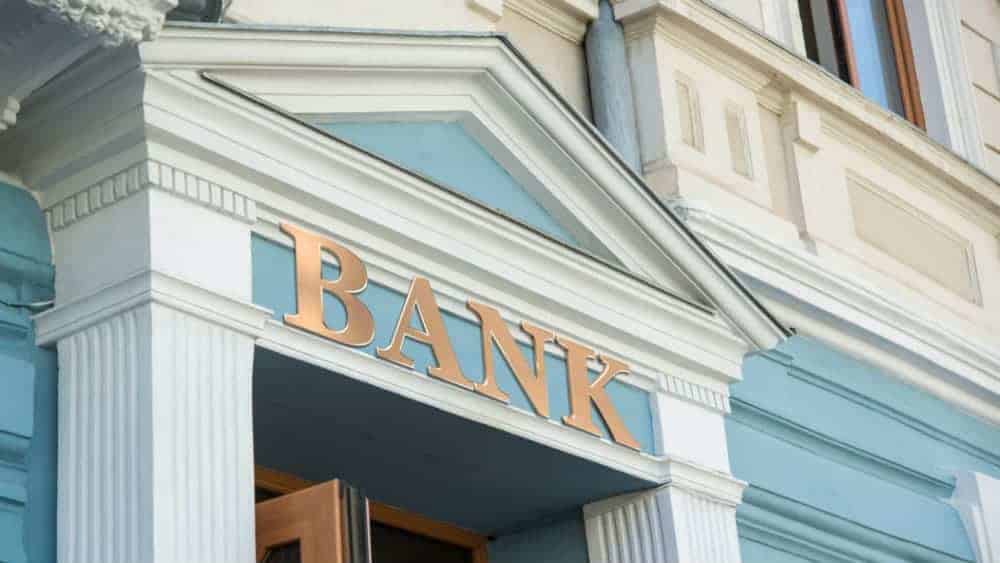Rising provisions for credit losses (PCLs), meagre profit growth, thinning net interest margins (NIMs), and surging expenses were the main story for the Canadian banks in 2019.
With another round of underwhelming results recorded by the Big Five Canadian banks amid harsh industry headwinds, it seems as though the big-league short-sellers, including The Big Short’s Steve Eisman, are laughing their way to the bank as they continue to make money off the misfortune of Canada’s top financial institutions.
Heading into 2020, many analysts have muted expectations for the Big Five. The Canadian banks are slated to have another muted year with more of the same. Expect more flat growth as credit looks to normalize, and who knows if banks like CIBC (TSX:CM)(NYSE:CM) can put a cap on PCLs?
In any case, a plethora of sell-side analysts are pinning “hold” recommendations on many of the big banks, as the continued maturation of the credit cycle could continue to take a toll on the “ill-prepared” banks. While the industry does look gloomy, not all banks are built the same. Some are better equipped to roll with the punches, while other banks, like CIBC, are more prone to take one-two punches right on the chin.
Amid the chaos, National Bank of Canada (TSX:NA) has proven itself to be a robust bank that’s dodged and weaved through the left hooks and overhand rights thrown by the unkind Canadian banking scene.
National Bank was indeed a massive underdog going into the year. Nobody saw Canada’s sixth-largest bank coming out ahead of its so-called superior Big Five peers. But how did National Bank, the least-diversified Big Six bank, do it?
It comes down to having a firm understanding of the credit cycle. Bank bear Steve Eisman has bearish conviction on “nine out of 10” banks, because he dug into the finer details and came to the conclusion that most of the banks weren’t ready for the next phase of the credit cycle.
When the credit cycle is in an expansionary phase, it’s off to the races for the big banks who have the green light to grow their loan books. While you may think the bank exhibiting the quickest growth in a credit expansion would be the winner, this isn’t always the case. The contrary is more likely to be true, given the “aura of conservatism” may be lost when credit expands.
In a way, the credit cycle is like a race between the tortoise and the hare. Hasty loan growth practices with less consideration for risks taken on cause one to go up ahead in the race early on (while credit expands), only to fall flat when credit peaks and falls into a downturn (where we’re at right now). Meanwhile, the tortoise who has slowly and steadily provided risk-averse loans over time can stand firm and cross the finish line as the credit cycle draws to a close.
You can think of CIBC as the hare and National Bank as the tortoise.
If you’re worried about losing more on your banking investments amid the transition into the next credit cycle, National Bank is a sound bet. Management maintained prudence throughout, and it’s finally being rewarded for it.
National Bank CEO Louis Vachon showed to investors that National Bank is a more “premium” bank that most made it out to be, and you can bet that Canadian investors won’t forget about what happened to the banks in 2019. As such, I expect further multiple expansion for National Bank, as investors look to mitigate risks from their banking bets.
The stock has a bountiful 4% yield, and although the stock is expensive, it fully deserves the now premium multiple it has relative to its historical averages. National Bank killed it in 2019, and it’s about time that Canadians refer to the top Canadian banks as the “Big Six,” and not the “Big Five.”
Stay hungry. Stay Foolish.



